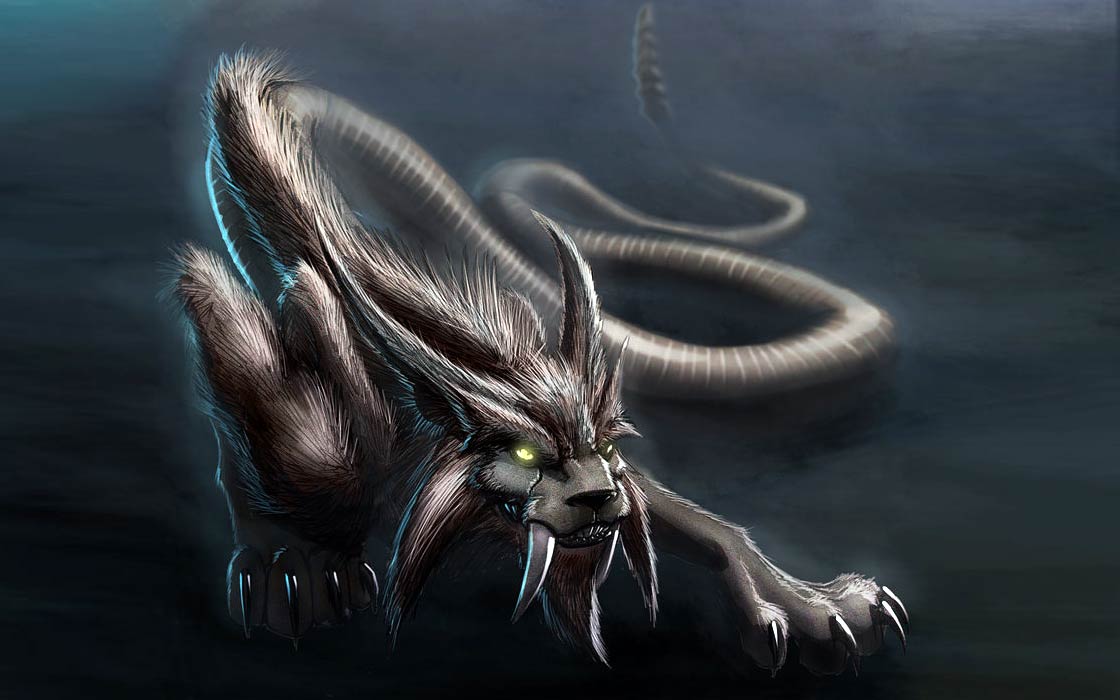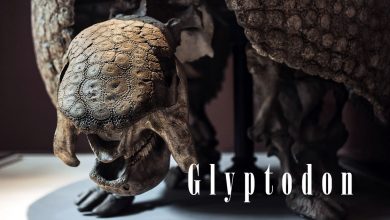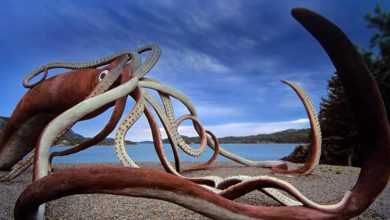Tatzelwurm – a mysterious cave lizard
Tatzelwurm – alpine “worm with claws”
When we think about cryptids, we think of beings such as the Bigfoot supposedly seen in America, the Tibetan Yeti, or the Mokele-mbembe, reportedly living in the African wilderness. However, there is no shortage of cryptid in Europe – for example, the Loch Ness monster is the most famous. The regulars of the Alps, on the other hand, could come across stories about a creature called Tatzelwurm.
For hundreds of years, Alpine highlanders have been telling about a mysterious creature that is to inhabit alpine caves. He was given the name Tatzelwurm, which means “worm with claws” in German. Contrary to its name, it is described as a lizard or an amphibian. The messages about it are known both in Germany and Switzerland, as well as in the Italian part of the mountains (it is called Basilisco – basilisk there) and in France (also known as Arassas). Despite the lack of evidence of its existence, many people consider it to be a real animal until today.
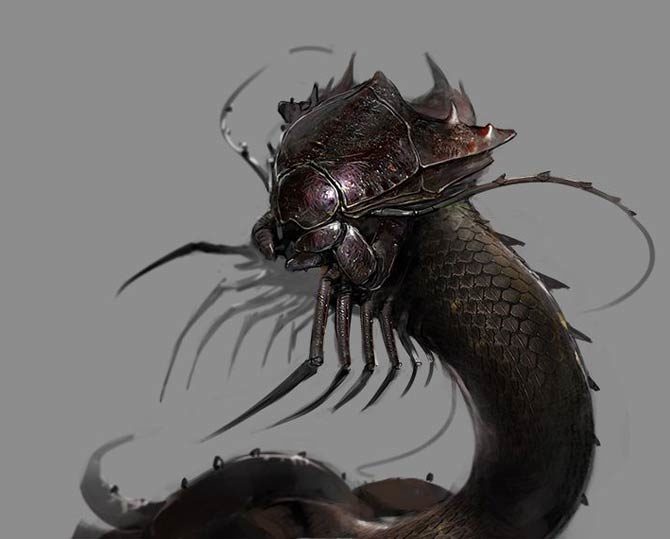
The names of Tatzelwurm
Other names: Tatzlwurm, Dazzelwurm, Stollenwurm, Stollwurm, Steinkatze, Bergstutz, Springwurm, Praatzelwurm, Beißwurm, Bergstutzen , Arassas
What does Tatzelwurm look like?
“The Cave Worm” is described variously, and the stories also differ in details. Most often, the image of a creature similar to a large lizard or tailed amphibian. The body is about 60-90 cm (23.6 – 35.4 in) long (some descriptions say that it measures up to 1.5 m (59 in)) and is cylindrical, brown or dark gray in color, smooth or covered with fine scales.
The head of the animal is wide and the eyes are huge – it is supposed to somewhat resemble a cat. The differences emerge when it comes to the descriptions of the limbs. Some of the people who saw the animal say it has two pairs of short limbs, others that it has only one pair in front of the body, and other observers have argued that the creature has no legs at all. Tatzelwurm is supposed to hiss like a snake or whistle.
Tatzelwurm is especially active in summer, especially in stormy weather. When it’s warm, it soaks up in the sun, and in winter you don’t see it at all – it is possible that it hibernates then. Concerned, he usually runs away, although he does attack people sometimes. Some legends claim that Tatzelwurm is venomous.
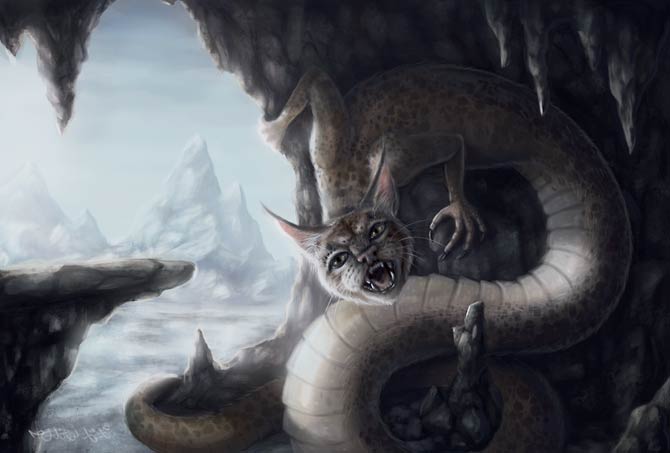
Tatzelwurm observations
Even the cryptoscientists themselves have a problem with the “claw worm”. While in the case of, for example, Yeti or the “Nandi bear” living in Africa, many stories come from reliable people and with impeccable reputation, in the case of Tatzelwurm it is difficult to find a credible account of the meeting with him. Most of the tales of the “worm” date back tens or even hundreds of years; in addition, the vast majority of them are anonymous or their authors are children who often repeat stories heard from adults. However, this does not change the fact that for hundreds of years the existence of Tatzelwurm has not been doubted by anyone who has heard of it.
In 1640, the Italian naturalist Ulysses Aldrovandi wrote the work Historia serpentum et draconum, which included an illustration of an unusual lizard found in the Alps. In 1723, the Swiss zoologist Jakob Scheuchzer wrote a complete catalog of the Alpine fauna at that time, Helvetiae Alpinas regiones facta annis, in which many pages were devoted to “alpine dragons” that attack sheep and goats, and they can also be dangerous to humans. These animals were over a meter long, with two pairs of legs and a body covered with tiny scales.
In the 18th century, many naturalists gave more accounts of their meetings with Tatzelwurm. They followed a similar course – people encountered a large, aggressive and highly venomous lizard, from which they managed to escape with difficulty.

Skepticism?
In the nineteenth century, as the natural sciences advanced significantly, the descriptions of scholars became more skeptical. However, researchers continued to emphasize that in the Alps it is common to believe that there is a type of snake with one or two pairs of legs that can be dangerous to humans. Naturalists pointed out that the stories often contain fantastic elements, but the descriptions of the animal are surprisingly similar, despite the fact that their authors did not have the opportunity or even the possibility of contacting.
The story from 1828, when the skeleton of Tatzelwurm was to be transported to the city of Solothurn for examination, is noteworthy. The scientists there did not know how to classify it, so they sent it to Heidelberg, but the skeleton was lost on the way. In the 19th century, dozens of stories about Tatzelwurm appeared, but their authors were almost exclusively children.
In the 20th century, the group of authors was joined by people whose stories were treated with less suspicion – hunters and soldiers. In 1908, a hunter encountered a half-meter-long animal resembling a fat snake with very short legs. In turn, in May 1914, a soldier noticed an animal resembling a very small crocodile. The animal was killed and stuffed – it could be seen in Adelsberg County. However, a few months later, the war broke out, during which the specimen was lost.
One of the most credible reports was the story of a Swiss teacher who visited the cave on the Tempelmauer in 1929. He claimed to have encountered an animal in it that did not resemble any he had known before. He tried to catch it, but it escaped. Later, reports of the meeting with Tatzelwurm became rarer – it was seen only a few times after World War II.
The animal became famous only in 2009, when there was some information about the encounter by tourists of an unusual lizard. However, the descriptions here are very vague, and although they have put even the Italian police on alert, they are not believed to be reliable.

What can Tatzelwurm actually be?
The “clawed worm” is an animal that causes a lot of difficulties even for cryptozoologists. They believe that many of the accounts are true, but not necessarily of an unknown animal. For example, the zoologist Otton Steinbock found as early as 1934 that of the 85 stories he knows, 40 are about encounters with snakes, 5 are frauds, and the rest are of no value due to the multitude of ambiguities and utterly unbelievable details. Bernard Heuvelmans, a Belgian zoologist famous for his interest in cryptids, had no doubts that Tatzelwurm existed, but claimed to be a known animal.
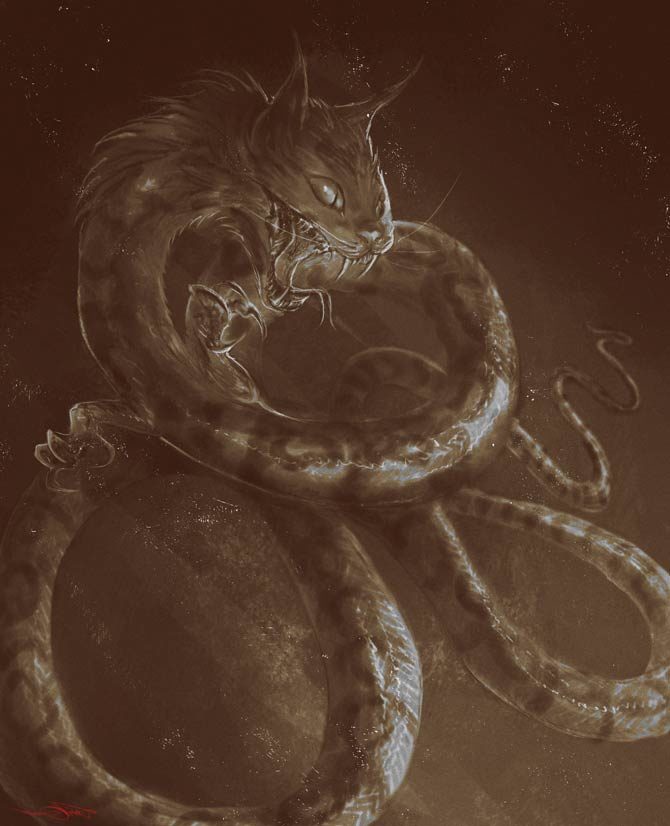
Mammal
Some stories emphasize Tatzelwurm’s exceptional agility. These features do not match a reptile, but rather a mammal. Therefore, it was assumed that the encounters with the mysterious “worm” were in fact related to otters, weasels or martens.
There are diseases among these animals that cause hair loss and make the skin appear scaly. This makes the well-known weasel or otter resemble a reptile rather than a mammal. The rarity of this ailment is explained by the fact that there are relatively few reports of meetings with Tatzewurm.
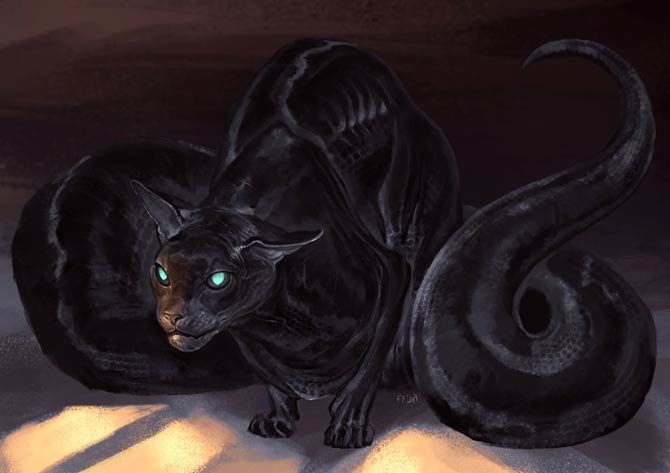
Reptile
Most supporters have the hypothesis that Tatzelwurm is a reptile. This was confirmed by the stories indicating the animal’s thermophilic nature, inactivity in winter and the fact that it is venomous. What kind of reptile specifically would it be?
The aforementioned Heuvelmans was of the opinion that the creature is a reptile and offered two solutions to the puzzle. The first of them says that Tatzelwurm is a lizard related to the American helodermatids, as evidenced by the description of the animal (stocky body, blunt tail and mouth, presence of venom glands). However, Heuvelmans pointed out that stories of venom can be a figment of the imagination. This is indicated by the fact that it was widely believed that Tatzelwurm kills by breath alone. Besides, the helodermatids are slow, and the stories emphasize the creature’s surprising agility.
The second Heuvelmans hypothesis (which the scientist himself considered more appropriate) is that Tatzelwurm is considered a lizard from the group of skinks. They have very short legs, and are also fast and agile. One of the species (Italian three-toed skink (Chalcides chalcides)) inhabits Italy, so it is possible for individual specimens to venture far to the north. The inhabitants of the Alps were not able to recognize an animal that was completely unknown to them, which led to the creation of a story about a mysterious animal. The references to venomousness or aggressiveness in this case would be made up; however, these features are traditionally ascribed to reptiles, so they naturally found their way into stories about Tatzelwurm.

Amphibian
The last, but probably unlikely solution to the Tatzelwurm puzzle is the assumption that it is a species of large salamander related to the giant salamander. Such an animal would spend most of its life buried among leaves and appear to the surface after rain. Indeed, some of the testimonies suggest a large amphibian, but this completely does not agree with the descriptions of the body covered with scales or the fact that the animal occurs in areas with a negligible amount of water.
Known animals
There is also a theory that the stories about Tatzelwurm are without exception descriptions of encounters with known animals or even plants! This meeting would be so unexpected that the person panicked, which then became ashamed. In order to justify herself even in her own eyes, she added details about the venom or aggression of the animal, which in fact was a completely harmless snake or a bizarrely shaped branch.

Tatzewurm – interesting facts
- Tatzelwurm is probably the only cryptid for which the cryptozoologists themselves have no doubt that it is an animal known to science.
- In 1934, a Swiss named Balkin, unknown by surname, published a photograph that is supposed to show Tatzelwurm.
- The photograph is undoubtedly a forgery depicting a reworked ceramic fish figurine.
- In the 21st century, a photo of Tatzelwurm’s skeleton appeared on the Internet, the acquisition of which was described in a credible-sounding, but undoubtedly fabricated story. The hoax was to increase tourists’ interest in the nature of the Alps.
- The local press has repeatedly described encounters with escaped exotic amphibians and reptiles as sightings of Tatzelwurm. In the past, it was due to the lack of professional knowledge of journalists, today the reason is usually the desire to arouse a sensation.
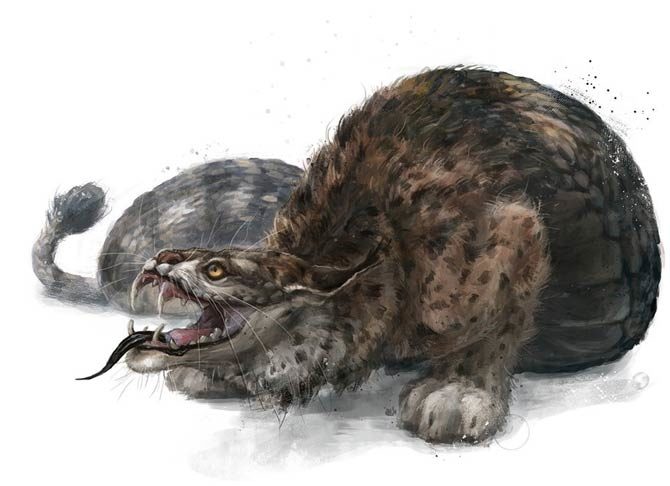
Recommended
- Cryptozoology
- Horses in mythology
- Werewolf, werewolves
- Giant snakes and sea monsters
- King Kong
- Godzilla
- Dragons
- Loch Ness monster
- Minnesota Iceman
- Yeti
- Bigfoot (Sasquatch)
- Yowie
- Alma
- Mokele-mbembe
- Beast of Gévaudan
- Orang Pendek
- Marozi
- Nadi Bear
- Aboriginal Rainbow Serpent
- Dyatlov Pass incident
- Animal records

